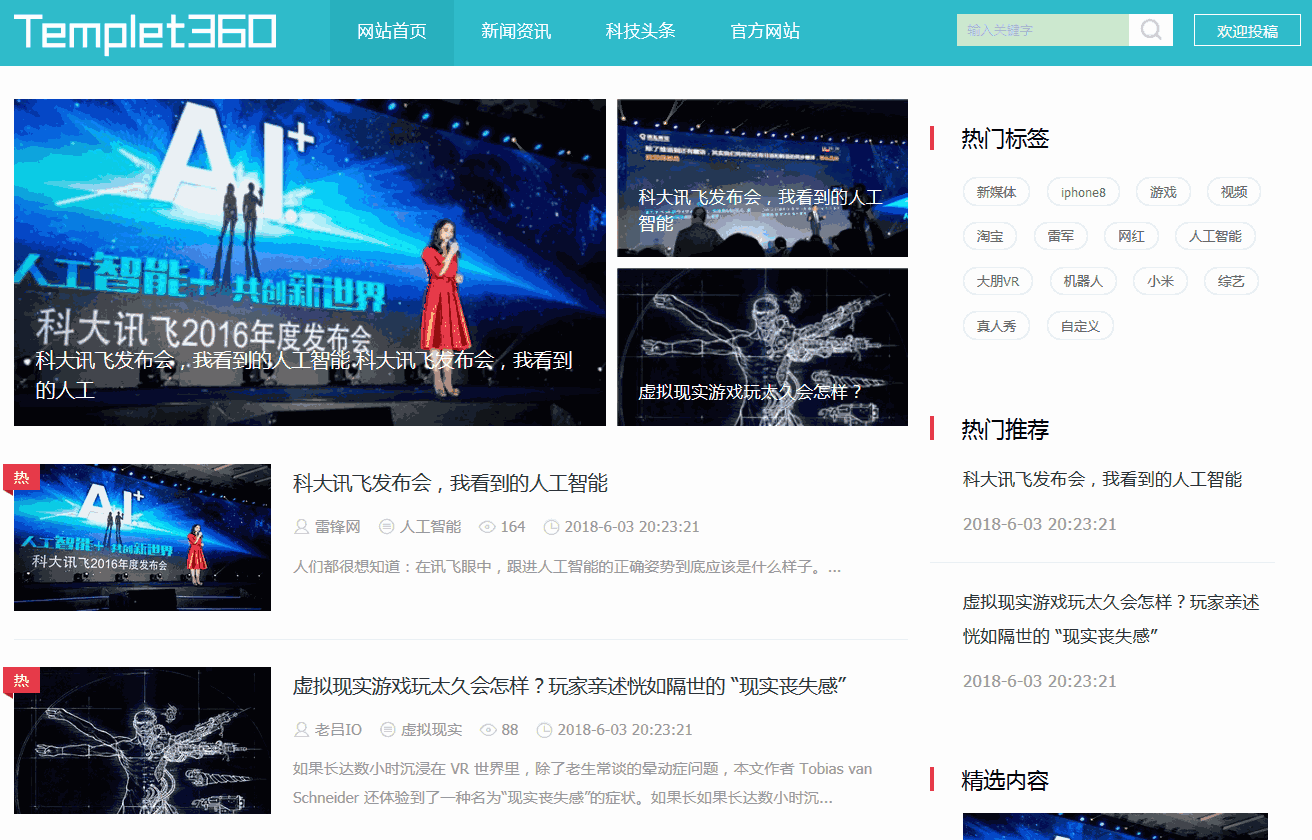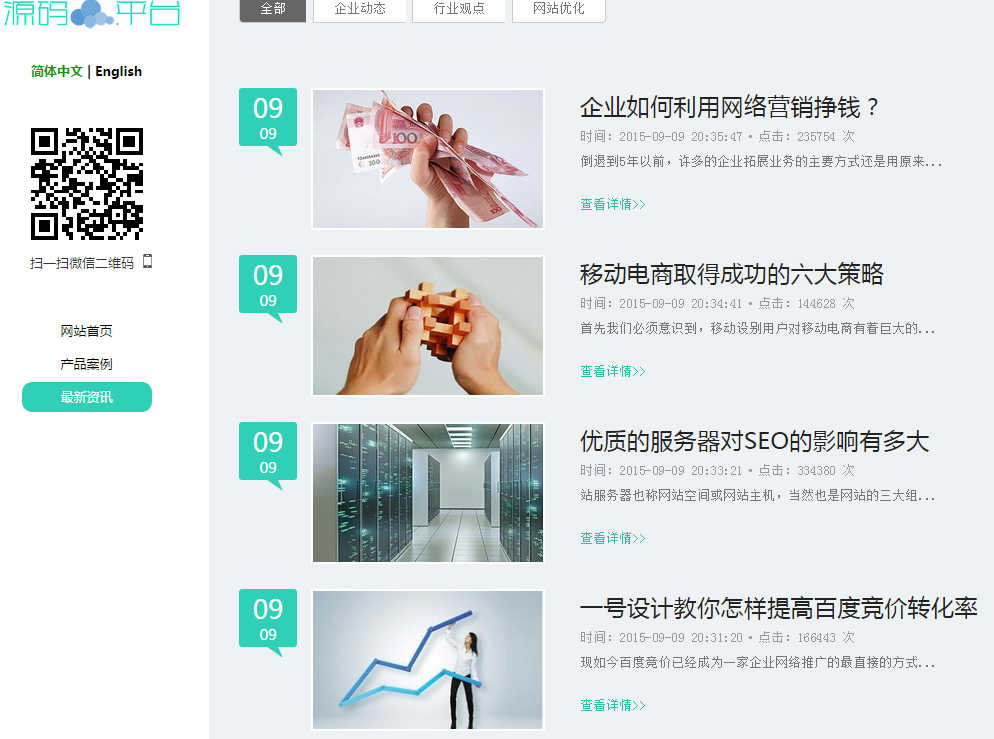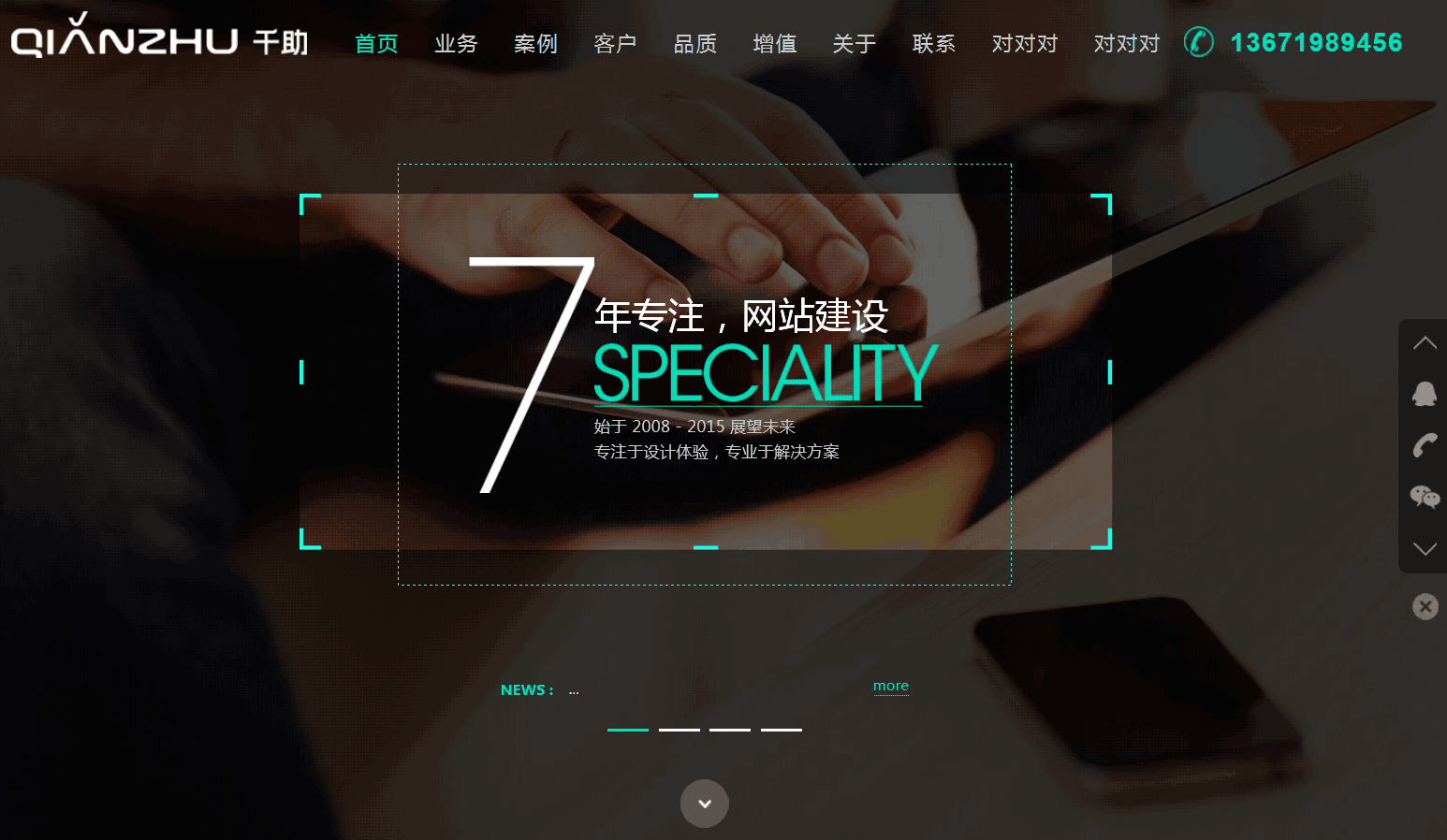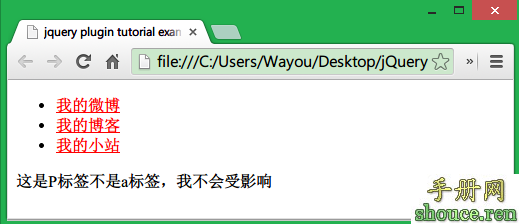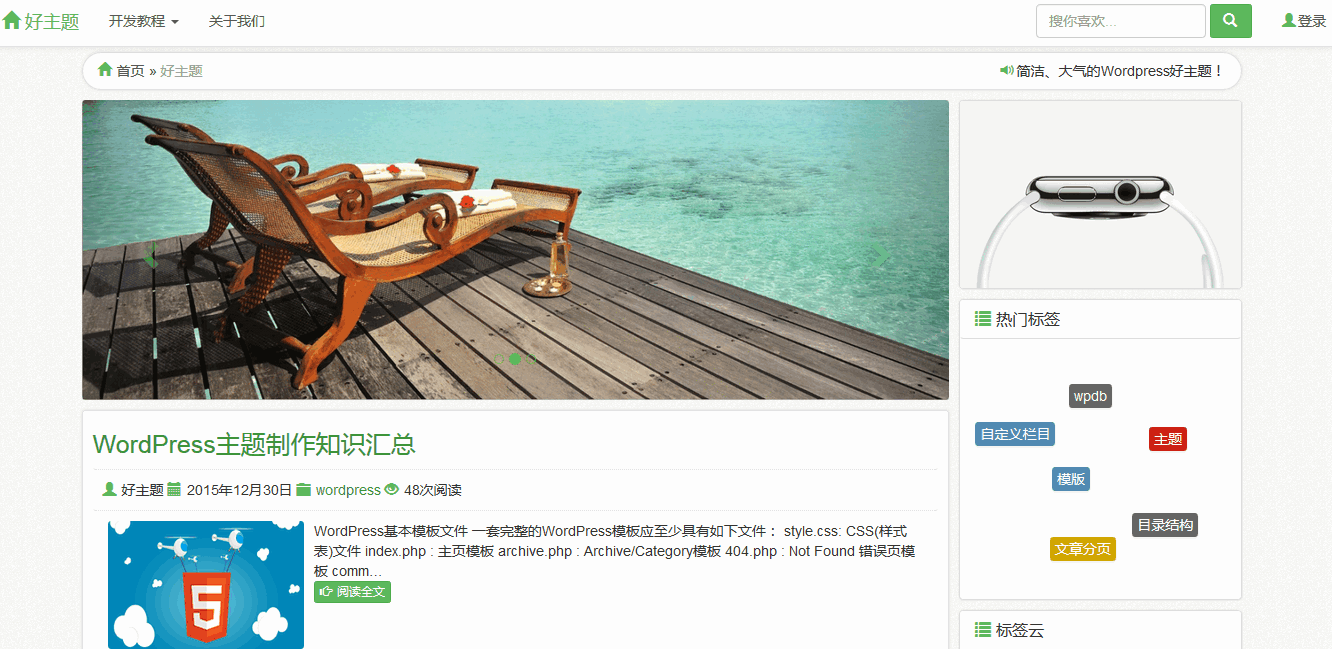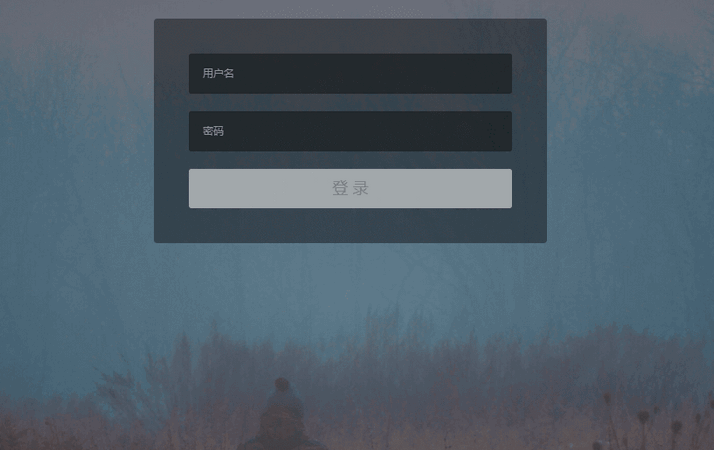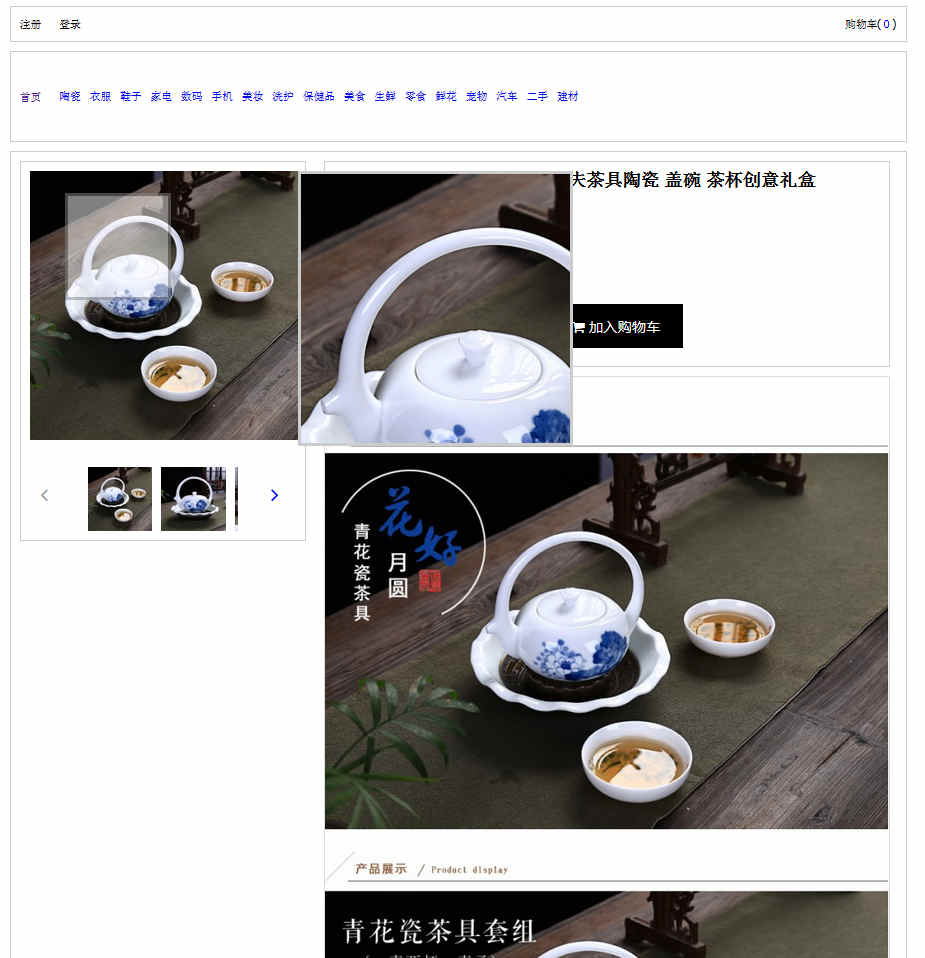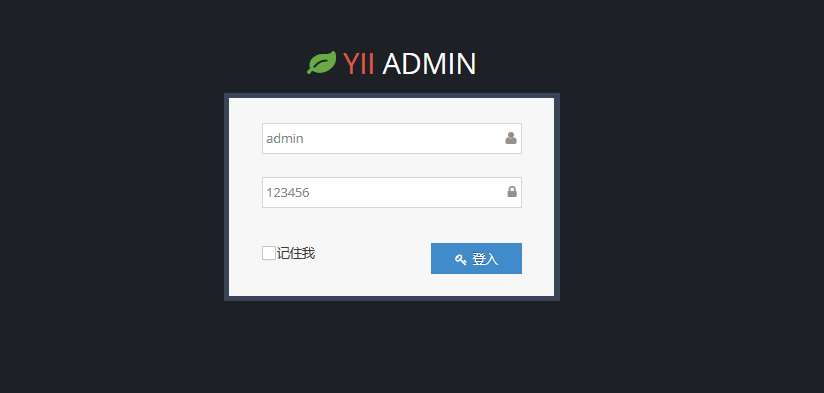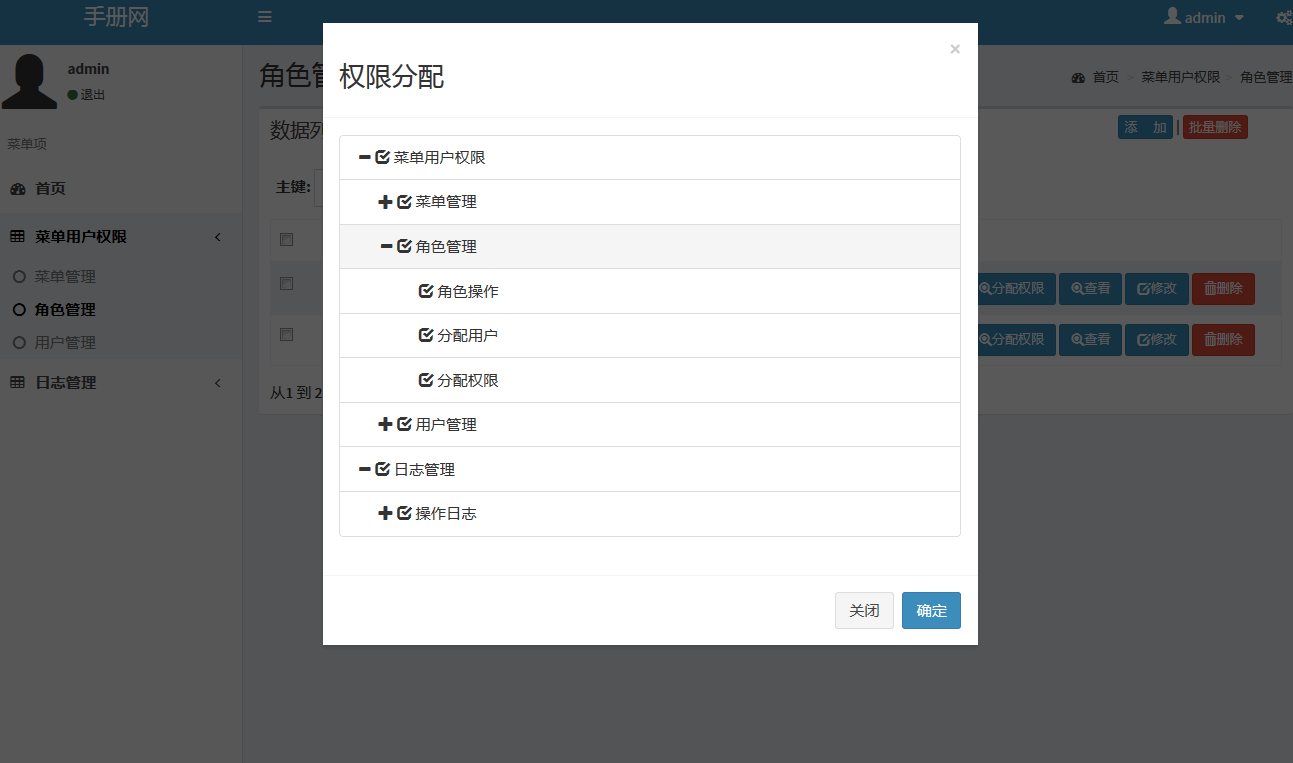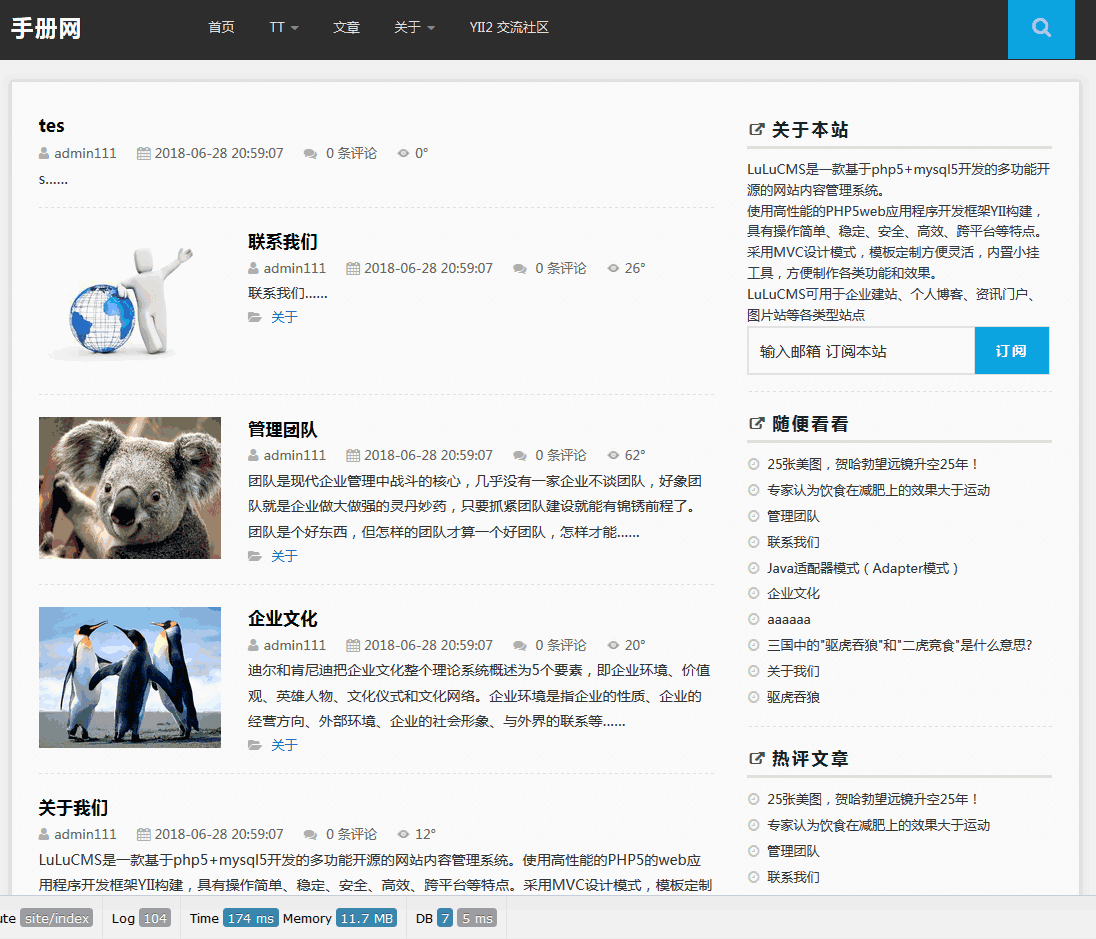Android简明开发教程十六:Button 画刷示例
将RadioButton 换成Button ,类似的在res\layout 中新建brush.xml:
<?xml version=”1.0″ encoding=”utf-8″?>
<LinearLayout xmlns:android=”http://schemas.android.com/apk/res/android”
android:orientation=”vertical”
android:background=”@drawable/white”
android:layout_width=”fill_parent”
android:layout_height=”fill_parent”>
<com.pstreets.graphics2d.GuidebeeGraphics2DView
android:id=”@+id/graphics2dview”
android:layout_weight=”1″
android:layout_width=”fill_parent”
android:layout_height=”wrap_content”/>
<LinearLayout xmlns:android=”http://schemas.android.com/apk/res/android”
android:layout_width=”wrap_content” android:layout_height=”wrap_content”
android:orientation=”horizontal”
>
<Button android:text=”Pattern”
android:id=”@+id/btnPattern”
android:layout_width=”wrap_content”
android:textColor=”@color/black”
android:checked=”true”
android:layout_height=”wrap_content”>
</Button>
<Button android:text=”Gradients”
android:id=”@+id/btnGradients”
android:layout_width=”wrap_content”
android:textColor=”@color/black”
android:layout_height=”wrap_content”>
</Button>
</LinearLayout>
</LinearLayout>
修改Brushes.java ,完整代码如下:
- public class Brushes extends Graphics2DActivity
- implements OnClickListener {
- private Button btnPattern;
- private Button btnGradients;
- public void onCreate(Bundle savedInstanceState) {
- super.onCreate(savedInstanceState);
- setContentView(R.layout.brush);
- graphic2dView = (GuidebeeGraphics2DView)
- findViewById(R.id.graphics2dview);
- btnPattern = (Button) findViewById(R.id.btnPattern);
- btnGradients = (Button) findViewById(R.id.btnGradients);
- btnPattern.setOnClickListener(this);
- btnGradients.setOnClickListener(this);
- }
- @Override
- protected void drawImage() {
- drawPatterns();
- }
- @Override
- public void onClick(View view) {
- if (view == btnPattern) {
- drawPatterns();
- } else {
- drawGradient();
- }
- graphic2dView.refreshCanvas();
- }
- private void drawPatterns() {
- TextureBrush brush1;
- TextureBrush brush2;
- TextureBrush brush3;
- AffineTransform matrix1 = new AffineTransform();
- AffineTransform matrix2 = new AffineTransform();
- Bitmap bitmap
- = BitmapFactory.decodeResource(getResources(),
- R.drawable.brick);
- int[] rgbData = new int[bitmap.getHeight()
- * bitmap.getWidth()];
- bitmap.getPixels(rgbData, 0, bitmap.getWidth(), 0, 0,
- bitmap.getWidth(), bitmap.getHeight());
- brush1 = new TextureBrush(rgbData, bitmap.getWidth(),
- bitmap.getHeight());
- bitmap = BitmapFactory.decodeResource(getResources(),
- R.drawable.bird);
- rgbData = new int[bitmap.getHeight() * bitmap.getWidth()];
- bitmap.getPixels(rgbData, 0, bitmap.getWidth(), 0, 0,
- bitmap.getWidth(), bitmap.getHeight());
- brush2 = new TextureBrush(rgbData, bitmap.getWidth(),
- bitmap.getHeight());
- brush3 = new TextureBrush(rgbData, bitmap.getWidth(),
- bitmap.getHeight(), 127);
- matrix2.translate(50, 50);
- // Clear the canvas with white color.
- graphics2D.clear(Color.WHITE);
- graphics2D.setAffineTransform(matrix1);
- graphics2D.fillRectangle(brush1,
- new Rectangle(20, 50, 100, 100));
- graphics2D.fillOval(brush2, 10, 10, 80, 80);
- graphics2D.setAffineTransform(matrix2);
- graphics2D.fillOval(brush3, 10, 10, 80, 80);
- }
- private void drawGradient() {
- /* The linear gradient color */
- LinearGradientBrush brush1;
- /* The radial gradient color */
- RadialGradientBrush brush2;
- /* The second radial gradient color */
- RadialGradientBrush brush3;
- char[] engText = "Brush".toCharArray();
- FontEx font = FontEx.getSystemFont();
- int fontSize = 44;
- int X = 15;
- int Y = 50;
- int[] fractions = new int[] { 13, 242 };
- Color[] colors = new Color[] { new Color(0xffff6600),
- new Color(0xffffff66) };
- brush1 = new LinearGradientBrush(50, 50, 150, 125,
- fractions, colors,
- Brush.NO_CYCLE);
- fractions = new int[] { 13, 128, 255 };
- colors = new Color[] { new Color(0xffff6600),
- new Color(0xffffff66),
- new Color(0xffff6600) };
- brush2 = new RadialGradientBrush(90, 100, 50,
- fractions, colors);
- fractions = new int[] { 0, 255 };
- colors = new Color[] { new Color(0xFFFFFF00),
- new Color(0xFF000000) };
- brush3 = new RadialGradientBrush(50, 50, 100,
- fractions, colors);
- // Clear the canvas with white color.
- graphics2D.clear(Color.white);
- graphics2D.fillRectangle(brush1,
- new Rectangle(10, 75, 120, 80));
- Pen pen = new Pen(brush2, 8);
- graphics2D.drawOval(pen, 20, 60, 100, 50);
- graphics2D.setDefaultBrush(brush3);
- pen = new Pen(brush2, 2);
- graphics2D.setDefaultPen(pen);
- graphics2D.drawChars(font, fontSize, engText, 0,
- engText.length, X, Y);
- }
- }

介绍了RadioButton和Button 后,这时应该对使用Android提供的控件的用法有了基本的认识。 控件提供了onClick(),onLongClick(),onFocusChange(),onKey(),onTouch(),onCreateContextMenu()等多种事件以相应用户。用多种方法来处理用户事件。一种是示例代码同过Activity实现OnClickListener接口,再有是采用如下代码为Button支持事件处理方法:
- // Create an anonymous implementation of OnClickListenerprivate
- OnClickListener mCorkyListener = new OnClickListener() {
- public void onClick(View v) {
- // do something when the button is clicked
- }
- };
- protected void onCreate(Bundle savedValues) {
- ...
- // Capture our button from layout
- Button button = (Button)findViewById(R.id.corky);
- // Register the onClick listener with the implementation above
- button.setOnClickListener(mCorkyListener);
- ...
- }
在创建自定义控件时,也可以重载onKeyDown(int, KeyEvent),onKeyUp(int, KeyEvent) ,onTouchEvent(MotionEvent)等来处理用户事件。
- 没有章节
